Many people know the Wailers, aka Bob Marley and the Wailers, as that set of musicians which included Aston Barrett, Carlton Barrett, Tyrone Downie, Junior Marvin, along with the I-threes (Rita Marley, Judy Mowatt, Marcia Griffiths) doing backing vocals, and Bob Marley on lead vocals.
This aggregation emerged in the early 1970s under the management of music mogul Chris Blackwell and eventually became the most powerful force in reggae music.
But the Wailers story began long before that.
On a Monday evening in late 1963, five teenagers, namely, Robert Nesta Marley, Neville O’Riley Livingstone (Bunny Wailer), Winston Hubert McIntosh (Peter Tosh), Junior Delano Brathwaite, and the lone female and confidante of the group Beverley Kelso, entered the gates of Studio1 at 13 Brentford Road, Kingston 5 with the hope of creating musical history with four songs they had in their armoury.
Those songs were Simmer Down, I Don’t Need Your Love, How Many Times and Straight And Narrow Way, the first three to be led by Marley and the last by Brathwaite.
Chart-topping tracks
Simmer Down was the first track to be laid. Backed by the powerful Skatalites band, it became a massive No.1 hit in Jamaica in early 1964 and rode the top of the charts for several weeks.
The others did fairly well and the Wailers became an ever present threat to the two other groups at the time – The Maytals, and Justin Hines and the Dominos. Other recordings followed – Tell Them Lord, Destiny, I’m Going Home, Amen, Go Jimmy Go, Lights In The Harbour andWhere Is That Girl.
Kelso was last night, one of the awardees on the big Tributes to The Greats 15 Awards Show and Dance at Curphey Place.
Before now, Kelso has been given scant recognition as an original member and one of two surviving members of the Wailers. Not much has been made of her role in helping to decorate the early Wailers classics Simmer Down, It Hurts To Be Alone and Lonesome Feeling.
Kelso would later play a colossal role in the Wailers and Marley saga.
It was on her recommendation and introduction that Rita Marley got into the music business, which led to her association with Bob Marley. In a 2004 interview with the Vintage Boss, Colby Graham in New York, Kelso is quoted as saying: “While going to studio from Trench Town, we usually take short-cut through Ninth Street and The Calvary Cemetery and pass by Rita’s House. She had a baby in her hand and usually wave at us. The others ignored her, but I felt bad as a woman, and so stopped to say ‘hi’ and play with the baby. When I caught up with them, they were upset about me stopping with her.
“One afternoon, she told me that she had a song titled Opportunitywhich she wanted to record. I told Mr Dodd, and he said I should bring her along. I rushed back to get her, but she was not ready as she had to find her backup singers. She later arrived at Studio1 along with Constantine Walker (Dream) and a girl named Precious. Calling themselves The Soulettes, they recorded the song the following day.”
Success for Soulettes
The Soulettes, which became something like a cousin group to the Wailers, went on to record a number of creditable pieces for Coxson’s Studio1 label, some with Rita as a solo artist.
However, tragedy struck the Wailers when Brathwaite migrated with his family to the United States shortly after his No.1 hit It Hurts To Be Alone. Filling that void was an almost insurmountable task as Brathwaite’s high-pitched voice blended perfectly with Kelso’s. Cherry Smith was drafted in an effort to solve this problem and maintain the quintet status.
The next recording session with this line-up and the Vikings Band, saw a slight shift in the ska beat, but, nevertheless, produced another massive hit called Lonesome Feeling, again led by Bob Marley.
Smith still didn’t prove to be the ideal replacement and after a few other recordings, voluntarily withdrew. Another setback in trying to maintain the quintet status manifested when Kelso also decided to quit in the interest of the group’s success. The trio status seemed inevitable and they finally decided to go that route sometime between 1965 and 1966.
A plethora of hits flowed from the trio of Bob, Peter, and Bunny: Just Another Dance, Love And Affection, Hooligans, Jumbi Jamboree,Rudeboy Ska, Diamond Baby, Wages Of Love, Wings Of A Dove,Lonesome Track, I’m Still Waiting, Put It On, One Love and many more.
Although the trio enjoyed enormous popularity through their hits with Studio1, financial remuneration was small in comparison, and Bob sought ‘greener pastures’ in Delaware, USA, while spending time with his mother in early 1966.
In his absence, Constantine Walker from The Soulettes was recruited to the group, and did a commendable job along with Bunny and Peter onDancing Shoes and What Am I To Do, in particular. It was shortly before this that Bob married Rita – a ceremony that founding member Bev Kelso knew about, but, strangely enough, his two best friends didn’t.
During the high-drama interview with the Vintage Boss, Kelso relates in dramatic fashion Bunny’s then Peter’s arrival at her home with the same exclamatory questions, “Bev, yuh did know that Bob a get married up the road?.” Her answer was obviously a chilling “Yes”. It certainly didn’t augur well for the future of the group.
Bob returned to Jamaica in late 1966 with new ideas for the group. Establishing their own record label ‘Wail and Soul’ and doing their own production, the Wailers recorded some of their best ever songs in the rocksteady mould – Bend Down Low, Nice Time, Hypocrites, Mellow Mood, Thank You Lord, Stir It Up, Buss Them Shut and This Train.
With all their setbacks, this collection surely seemed to have restored the confidence and unity necessary for their future advancement.
broyal_2008@yahoo.com


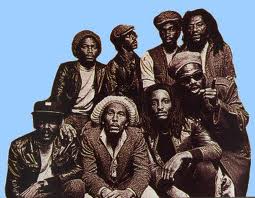
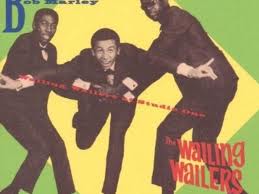
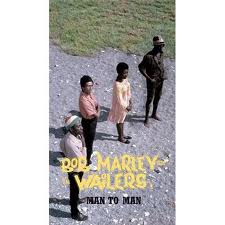
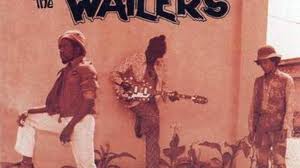
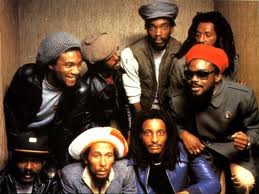
You must log in to post a comment.